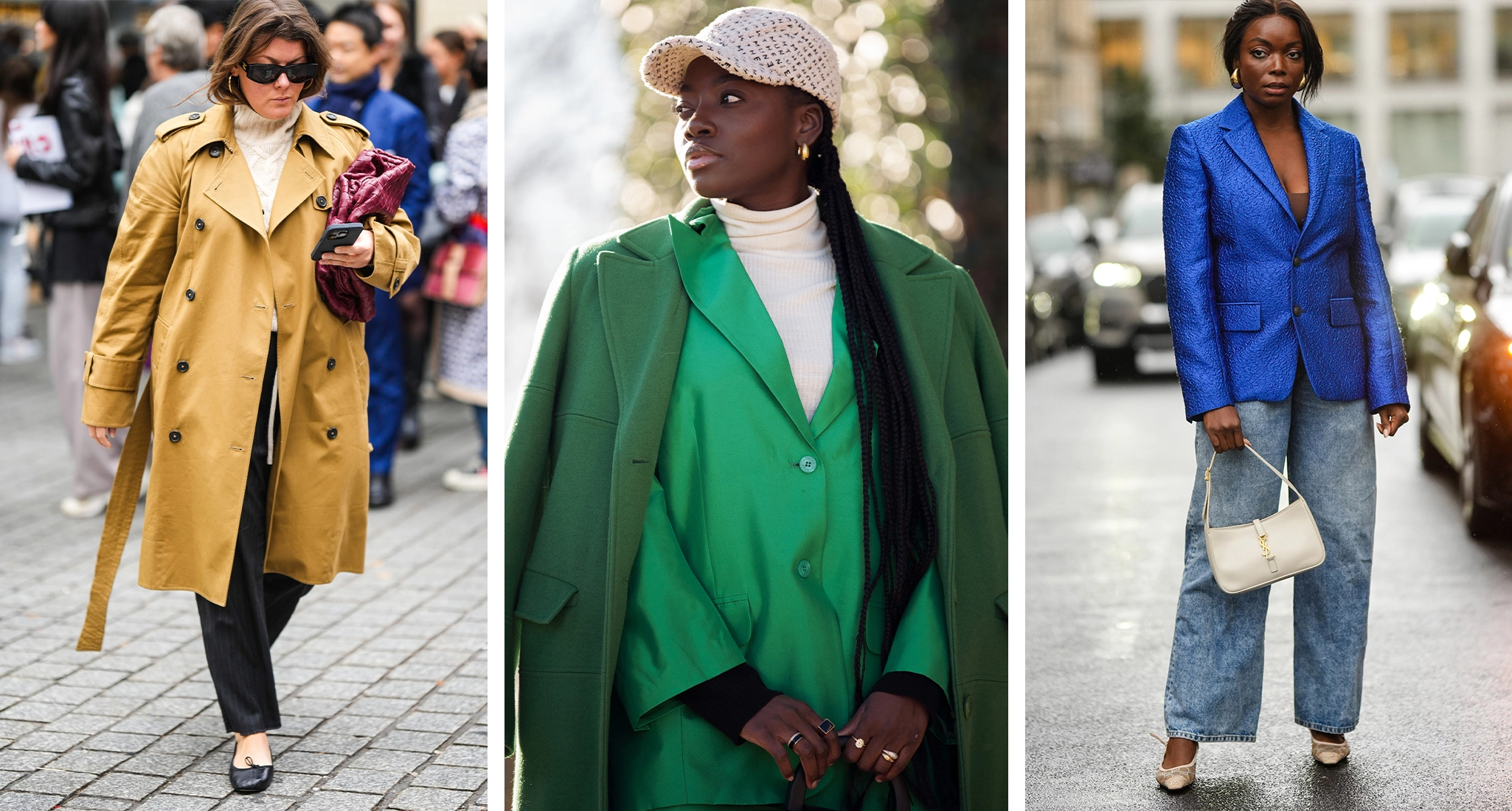In recent years, there has been a growing awareness and concern about the environmental impact of the fashion industry. Many consumers are looking for ways to make their wardrobe more sustainable and eco-friendly. Fortunately, the fashion industry is also evolving to meet this demand, with many brands and designers creating sustainable and ethical fashion lines. In this article, we’ll explore some of the top eco-friendly fashion trends to look out for in 2023.
From recycled materials and ethical production practices to sustainable design and circular fashion, we’ll cover everything you need to know to build a stylish and eco-conscious wardrobe for the upcoming year. So whether you’re a fashionista looking to stay on-trend or simply want to make more environmentally conscious fashion choices, this guide will provide you with the inspiration and knowledge to embrace sustainable style in 2023.
- New Practices of Sustainable Production
The fashion industry is employing the use of less water and energy in the production of clothing. And with that becoming an increasingly important practice, brands are incorporating new measures to present their consumers with ethical fashion. They are implementing sustainable practices for production, like utilizing low-impact dyes, recycling water, and reducing carbon emissions. A recent report presented by the Environmental Protection Agency highlighted that the textile industry alone is responsible for more than 8% of global greenhouse gas emissions.
- The Rise of Circular Fashion
Circular fashion involves designing clothes to be reused, recycled, and repurposed. Brands are now exploring new ways to make clothes that are durable and can be worn for longer. The Global Fashion Agenda report presented that the circular economy in fashion is estimated to be worth $4.5 trillion by 2030.
- Repurposing & Upcycling
Repurposing existing fabrics to design and create new clothing is emerging as a more popular trend in the industry. Brands are utilizing different upcycled materials, like vintage textiles, to design new clothing. The Ellen MacArthur Foundation report presented that upcycling can help reduce the fashion industry’s environmental impact by up to 30%.
Read more: Sustainability Outlook: Top Emerging Trends in 2023 and Beyond
- Ethical and Transparent Manufacturing
Consumers today are becoming increasingly interested in understanding where their clothes come from and how they are made. Due to this, brands are now responding to their consumers by being more transparent about their supply chains and implementing ethical manufacturing practices. According to a recent survey, around 69% of consumers are showing interest in paying more for eco-friendly and sustainable products.
- Green Practices and Regulation
The year 2023 is expected to be marked by an increase in green regulations and practices in the supply chain for the fashion industry. In 2022, the European Commission (EC) launched a new strategy for circular and sustainable textiles, highlighting the significance of working toward implementing a digital passport for all physical goods. This measure will not only help in bringing more transparency to markets, but it will oblige suppliers, especially textile goods. By introducing electronic labels, brands can help buyers gain a clear, reliable, and easy understanding of the products they consume and how to maintain them. In addition, new regulations are being introduced to foster a sustainable fashion environment on the following issues:
- Pollution: While 2022 saw a delay in placing pressure on government organizations to reduce pollution caused by the fashion industry, strict limits are expected to be imposed in 2023, along with more government policies to curb global warming.
- Greenwashing: Governments are imposing new laws to ban claims such as green or eco-friendly missed by brands not backed by environmental evidence.
- Waste management: new bans have been proposed to destroy unsold products and obligations to publish the number of products destroyed by major brands. They need to be more of their textile surplus to curb overproduction.
- Integration of Data and Artificial Intelligence (AI)
The efficient use of data and technology enables brands to fuel a sustainable future for the fashion industry. The top three areas that AI has helps in enhancing operations include-
AI is dramatically helping reduce carbon footprint by up to 30% by designing digital samples and replacing physical garments in the design and development phases. The use of advanced data analytics and machine learning (ML) enables brands to better predict fashion trends and customer behavior as well as sales and reduce the number of unsold clothing items each season. AI has also enabled brands to introduce virtual fitting rooms and better styling services to their consumers for precise sizing, thus reducing returns and improving customer experience.
- Renting: An Alternative to Buying
Another alternative the fashion industry is trying to explore to cut down on their pricey fashion is renting clothes. Rather than purchasing high-end fashion, consumers can rent and save up a lot of their money while protecting the environment and employees in the fashion supply chain. This is perceived as a preferable alternative when searching for unique apparel, wedding gowns, or even children’s clothing.


